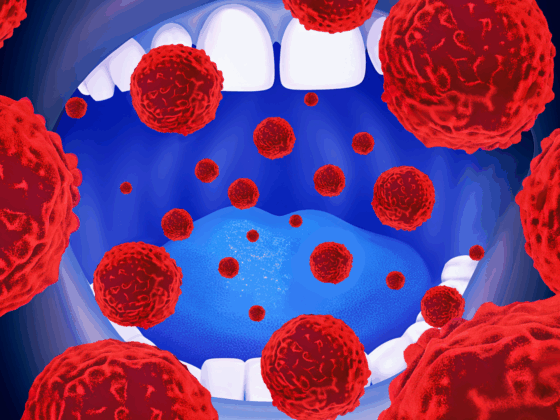The alpha-synuclein, a protein long associated with Parkinson’s disease may hold the key to melanoma proliferation. The study, published in Science Advances, on 9 April, suggests that while excess alpha-synuclein results in cell death in neurons, conversely, it enables uncontrolled growth in melanoma cells.
“This [study] provides a framework for understanding the link between Parkinson’s disease and melanoma and offers potential therapeutic targets in melanoma that are focused on reducing aSyn [alpha-synuclein]-mediated nucleolar double-strand break repair,” write the authors, led by Vivek Unni, from Oregon Health & Science University (OHSU) School of Medicine, Portland.
It is well established that patients with Parkinson’s disease and their first-degree relatives are at increased risk of developing melanoma and, symmetrically, that patients with melanoma are at increased risk of Parkinson’s disease. Although the clinical associations are well-established, the cellular and molecular pathways linking the two diseases have remained poorly understood.
One potentially promising avenue of investigation is the biological function of alpha-synuclein, a 140-amino acid protein that has been shown to be present in both the central nervous system and skin. “In this paper, the question we set out to ask was why excess levels of alpha-synuclein lead to cells dying in the brain but proliferating in the skin,“ Unni, an associate professor of neurology, tells Cancerworld.
The investigation was stimulated by a study Unni and colleagues published in Scientific Reports in 2019, showing an unexpected new function for alpha-synuclein in helping to repair double-strand breaks in the DNA of neurons. For the current study, Unni and colleagues focused their attention on the role played by alpha-synuclein in melanoma.
First, using antibody staining with light and electron microscopy in human melanoma cell lines, they showed that alpha-synuclein was enriched in the nucleolus (the subregion of the nucleus that produces and assembles ribosomes). “We weren’t expecting that. We had thought alpha-synuclein would be found throughout the nucleus,” says Unni.
Second, inducing double-strand breaks in melanoma cell lines with alpha-synuclein ‘knocked out’ and cell lines with alpha-synuclein remaining, led the team to establish that alpha-synuclein facilitates DNA double-strand break repair in melanoma. “So broadly, we found that melanoma cells were less efficient at repairing DNA damage when alpha-synuclein was removed,” says Unni.
Third, the team showed that if alpha-synuclein is removed from melanoma cell lines, they did not grow or divide as quickly as when alpha-synuclein was present.
Finally, the team showed that alpha-synuclein loss of function significantly delayed melanoma onset and slowed tumour growth in an in vivo melanoma mouse model (published separately in Front Oncol, March 2025).
In neurons, Unni explains, paradoxically having too much alpha-synuclein causes alpha-synuclein to leave the nucleus and aggregate outside the neuron in clumps (known as Lewy bodies, the hallmark of Parkinson’s disease and related dementias). “The result is that lower levels of alpha-synuclein are left in the nucleus, reducing the ability of the neuron to perform double-strand break repair, which may ultimately lead to increased cell death of neurons in Parkinson’s disease,” he says.
In melanoma, excess alpha-synuclein remains firmly in the nucleolus, where it can exert its function repairing double-strand DNA breaks, which ultimately leads to greater cell replication and more rapid growth of cancerous melanoma cells.
The study, says Unni, suggests it might be possible to develop drugs to treat melanoma that function by lowering levels of alpha-synuclein. Already, antibodies to alpha-synuclein are being explored in Parkinson’s disease that might also provide a potential target in melanoma. “We know that 85% of melanoma patients show increased alpha-synuclein levels, suggesting drugs targeting alpha-synuclein would be relevant for them,” says Unni.
The next step, he adds, will be to try to delineate the alpha-synuclein pathway in greater detail. “Understanding the mechanisms better will give us greater insights into other potential targets that we could go after in melanoma and Parkinsons’s disease,” says Unni.
The team also hope to explore the role of gamma-synuclein, an ortholog of alpha-synuclein encoded by a similar genetic sequence, which is known to be raised in breast and lung cancer cells.











